I Can’t Wait Till I Have Grandchildren. “When I Was Younger, I Had To Walk To The Rim Of A Crater.
I can’t wait till I have grandchildren. “When I was younger, I had to walk to the rim of a crater. Uphill! In an EVA suit! on Mars, ya little shit! You hear me? Mars!
Mark Watney (via themartianquotes)
More Posts from Thebryanscout and Others
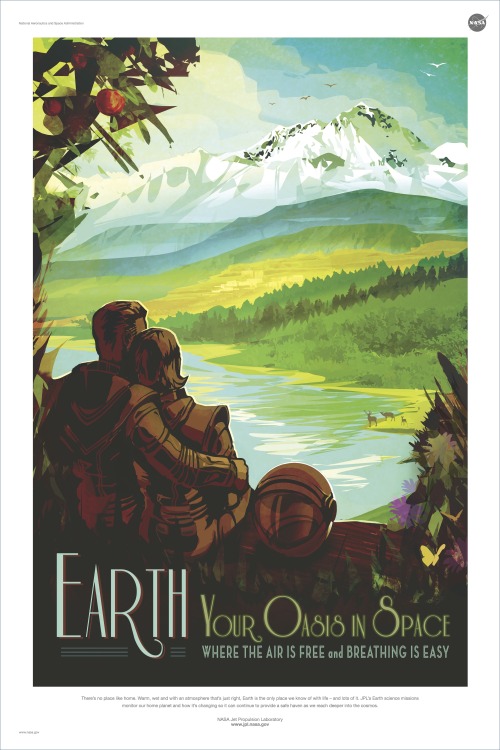
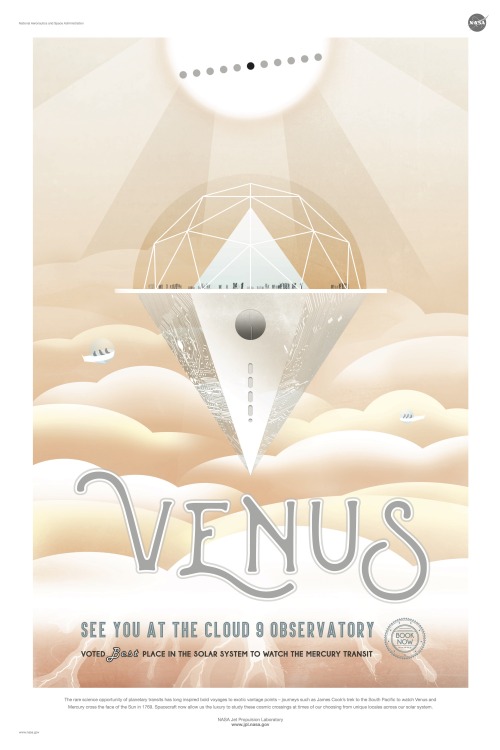
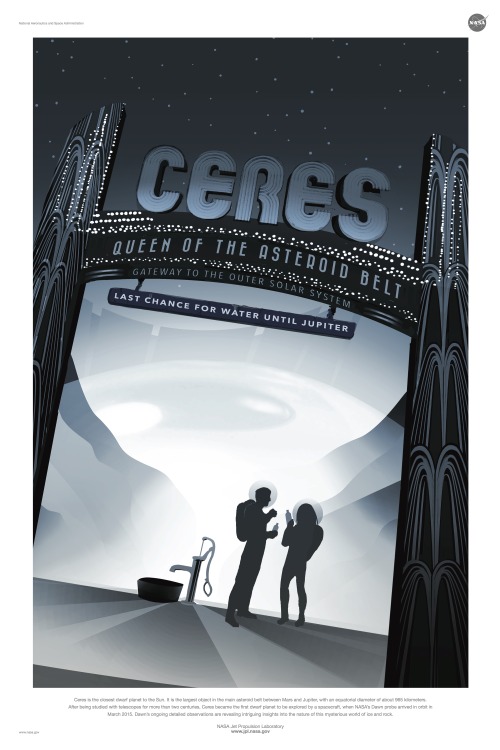
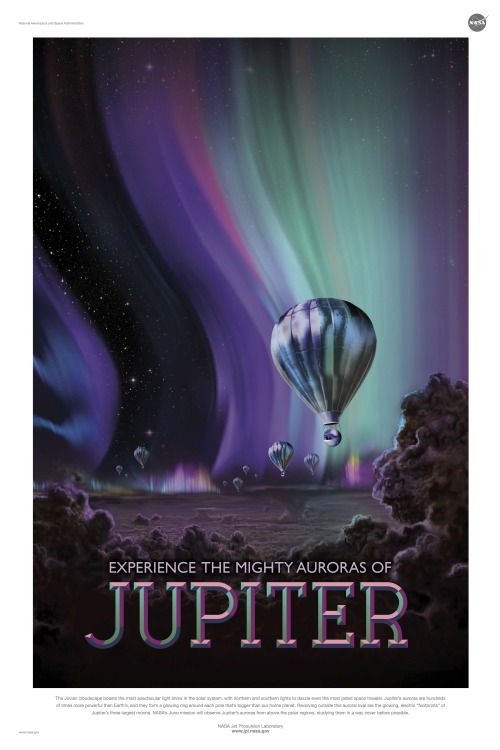


I officially bow down to the artists working at NASA’s Jet Propulsion Laboratory (JPL). Also, thanks to NASA for recognizing and celebrating the power of art like this.
These STUNNING posters can all be downloaded directly from JPL (in hi-res). And their mere existence is reason enough for a new Wednesday theme: World Tour Wednesday.
Stay tuned for some more awesome posters that are out of this world* and worth touring
- Summer
*too easy?

Aggression causes new nerve cells to be generated in the brain
A group of neurobiologists from Russia and the USA, including Dmitry Smagin, Tatyana Michurina, and Grigori Enikolopov from Moscow Institute of Physics and Technology (MIPT), have proven experimentally that aggression has an influence on the production of new nerve cells in the brain. The scientists conducted a series of experiments on male mice and published their findings in the journal Frontiers in Neuroscience.
Researchers from the Institute of Cytology and Genetics of the Siberian Branch of the Russian Academy of Sciences (ICG SB RAS), MIPT, Cold Spring Harbour Laboratory, and Stony Brook University and School of Medicine studied the changes that occurred in the brains of mice demonstrating aggressive behaviour, which attacked other mice and won in fights. After a win, these mice became even more aggressive, and new neurons appeared in their hippocampus - one of the key structures of the brain; in addition to this, in mice that were allowed to continue fighting certain changes were observed in the activity of their nerve cells.
Dmitry A. Smagin, June-Hee Park, Tatyana V. Michurina, Natalia Peunova, Zachary Glass, Kasim Sayed, Natalya P. Bondar, Irina N. Kovalenko, Natalia N. Kudryavtseva, Grigori Enikolopov. Altered Hippocampal Neurogenesis and Amygdalar Neuronal Activity in Adult Mice with Repeated Experience of Aggression. Frontiers in Neuroscience, 2015; 9 DOI: 10.3389/fnins.2015.00443
Mouse hippocampal neurons labeled with GFP. Imaged with a 20X objective on Zeiss 710, Dr. Fu-Ming Zhou


Happy birthday to Christopher Clavius (March 25, 1538-February 6, 1612), the German Jesuit mathematician and astronomer. And now, ladies and gents, here are some fun facts:
History doesn’t know his actual German name. It could be Christoph Clau or Klau. It might be Schlüssel, which is German for “key”, which in turn is “clavis” in Latin. But really, it’s all speculation.
At the age of 17, Clavius joined the Jesuit Order, which was founded when he was a child.
While studying at a Jesuit college in Portugal, he excelled in math. Upon observing a total solar eclipse in 1560, he decided that astronomy would be his life’s work.
As a professor at the Collegio Romano in (you guessed it!) Rome, Clavius taught mathematics and wrote textbooks, including works on algebra, the astrolabe, and practical arithmetic and geometry. He also did his own version of Euclid’s Elements; that probably contributed to him being called “the Euclid of the sixteenth century.”
Clavius was the senior math guy on the commission that reformed the calendar in 1582. This gave us the Gregorian calendar that most of the Western world uses to this day. Check out my previous post on this subject.
In his astronomical works, Clavius was geocentric in his opposition to the Copernican model of the universe for reasons both scientific and scriptural. He remained an everything-rotates-around-the-Earth guy until near the end of his life.
He budged on the matter. A little. Well, not quite, maybe. Clavius and Galileo had a mutually respectful relationship, and Clavius was rather thrilled (in his cautiously Jesuit way) with Galileo’s groundbreaking observations of Jupiter’s moons and other wonders. In 1610, during Galileo’s visit to Rome, Clavius and other scientists confirmed the existence of Jovian satellites and the phases of Venus, which contradicted the Ptolemaic view of the cosmos. But the geocentrism-vs-heliocentrism debate raged on.
Clavius also seemed to take this skeptical-but-delighted approach to Galileo’s telescopic observations of the Moon’s rough surface. He wrote that “when the Moon is a crescent or half full, it appears so remarkably fractured and rough that I cannot marvel enough that there is such unevenness in the lunar body.”
Speaking of the lunar body, Clavius was honored with his own crater formation on the Moon, as you can see above. Largest to smallest, the craters are designated Clavius D, C, N, J, and JA. Fans of 2001: A Space Odyssey might recognize this lunar location as the setting for Clavius Base, a human colony featured in both the film and book.
Feel free to contact me if I’m getting any of this wrong. I’m no Clavius.
(Rice University/Wikipedia)


Vintage Spaceships Mini Poster

The galaxy’s not saving itself, trooper!
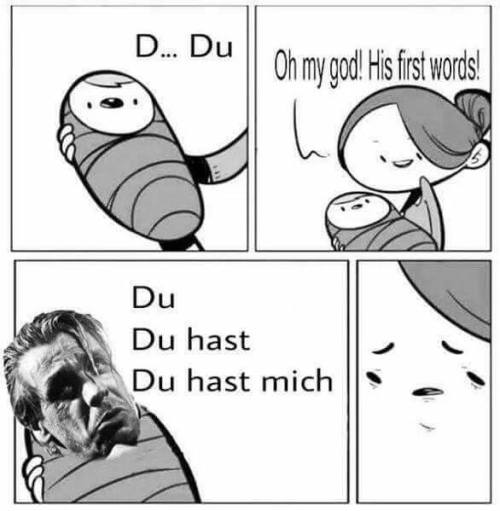
Crying xD <3

Michael Tunk, The Wild West Guide To The Galaxy # 185, 2016, analog collage, 10.5" x 10".
Ohne dich kann ich nicht sein, Ohne dich, Mit dir bin ich auch allein, Ohne dich, Ohne dich zähl ich die Stunden, Ohne dich, Mit dir stehen die Sekunden, Lohnen nicht
Rammstein, Ohne Dich (2004, Reise, Reise)

Art by Robert McCall.
-
 theclockodile liked this · 6 years ago
theclockodile liked this · 6 years ago -
 chillisquaque liked this · 7 years ago
chillisquaque liked this · 7 years ago -
 lone-gunwoman-of-the-week reblogged this · 7 years ago
lone-gunwoman-of-the-week reblogged this · 7 years ago -
 sparks-in liked this · 7 years ago
sparks-in liked this · 7 years ago -
 chrysantha21 liked this · 7 years ago
chrysantha21 liked this · 7 years ago -
 arcadian106-blog liked this · 8 years ago
arcadian106-blog liked this · 8 years ago -
 doctorharrisbonkersphd reblogged this · 8 years ago
doctorharrisbonkersphd reblogged this · 8 years ago -
 ingridfinsrud01-blog liked this · 8 years ago
ingridfinsrud01-blog liked this · 8 years ago -
 imaginemelons liked this · 8 years ago
imaginemelons liked this · 8 years ago -
 stupendousbooklover liked this · 8 years ago
stupendousbooklover liked this · 8 years ago -
 i-cannot-escape-this-fandom liked this · 8 years ago
i-cannot-escape-this-fandom liked this · 8 years ago -
 jamboree37 liked this · 8 years ago
jamboree37 liked this · 8 years ago -
 greatflyingpencil liked this · 8 years ago
greatflyingpencil liked this · 8 years ago -
 borderlandpersonality liked this · 8 years ago
borderlandpersonality liked this · 8 years ago -
 thebryanscout reblogged this · 8 years ago
thebryanscout reblogged this · 8 years ago -
 leighbooks reblogged this · 8 years ago
leighbooks reblogged this · 8 years ago -
 krausersknife reblogged this · 8 years ago
krausersknife reblogged this · 8 years ago -
 oh-nostalgiaa liked this · 8 years ago
oh-nostalgiaa liked this · 8 years ago -
 askthescp-4050-instances liked this · 8 years ago
askthescp-4050-instances liked this · 8 years ago -
 azreth-eats-food liked this · 8 years ago
azreth-eats-food liked this · 8 years ago -
 nothingpersonaldamascus-blog reblogged this · 8 years ago
nothingpersonaldamascus-blog reblogged this · 8 years ago -
 nothingpersonaldamascus-blog liked this · 8 years ago
nothingpersonaldamascus-blog liked this · 8 years ago -
 queerfairylightswizard reblogged this · 8 years ago
queerfairylightswizard reblogged this · 8 years ago -
 onequartercanadian reblogged this · 8 years ago
onequartercanadian reblogged this · 8 years ago -
 jumpingwolf reblogged this · 8 years ago
jumpingwolf reblogged this · 8 years ago -
 markwatneythespacepirate reblogged this · 8 years ago
markwatneythespacepirate reblogged this · 8 years ago -
 markwatneythespacepirate liked this · 8 years ago
markwatneythespacepirate liked this · 8 years ago -
 ohnoimontheinternet reblogged this · 8 years ago
ohnoimontheinternet reblogged this · 8 years ago -
 thewatneytriangle reblogged this · 8 years ago
thewatneytriangle reblogged this · 8 years ago -
 swanky-trash reblogged this · 8 years ago
swanky-trash reblogged this · 8 years ago -
 kakashi-bby liked this · 8 years ago
kakashi-bby liked this · 8 years ago -
 salvagingthestars liked this · 8 years ago
salvagingthestars liked this · 8 years ago -
 dolphelecat reblogged this · 8 years ago
dolphelecat reblogged this · 8 years ago -
 dolphelecat liked this · 8 years ago
dolphelecat liked this · 8 years ago -
 saintofallthesinners liked this · 9 years ago
saintofallthesinners liked this · 9 years ago -
 nerdtrap reblogged this · 9 years ago
nerdtrap reblogged this · 9 years ago -
 thirdlittlefox reblogged this · 9 years ago
thirdlittlefox reblogged this · 9 years ago -
 lababo liked this · 9 years ago
lababo liked this · 9 years ago -
 dominionroadisbending reblogged this · 9 years ago
dominionroadisbending reblogged this · 9 years ago -
 obscureliights-blog liked this · 9 years ago
obscureliights-blog liked this · 9 years ago -
 purplecacti reblogged this · 9 years ago
purplecacti reblogged this · 9 years ago -
 xalissamariax liked this · 9 years ago
xalissamariax liked this · 9 years ago
21, He/Him/His, lover of all things space, aviation, alt music, film, and anime
255 posts